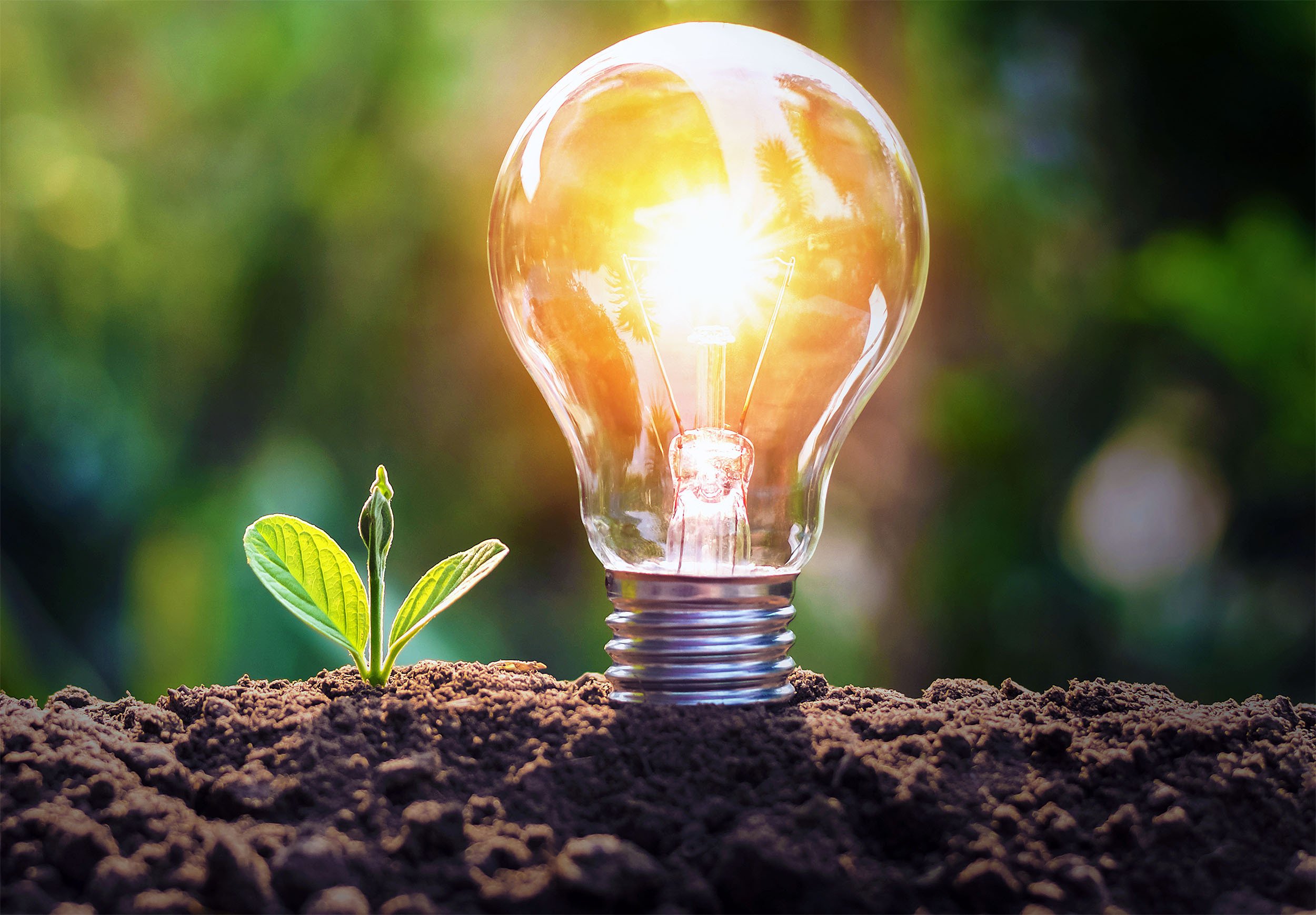Breakthrough: “Electronic soil” boosts crop growth by over 50%::This research introduces an innovative approach to soilless cultivation, or hydroponics, by integrating electronic soil, or eSoil.
Barley seedlings, traditionally not grown in hydroponic systems, exhibited a 50% increase in growth over 15 days when their roots were stimulated electrically using eSoil.
I didn’t know barley is such a masochist plant. I wonder if it’s just barley being weird, or if other plants also like being (lightly) electrocuted.
they arent plants tho.
ಠ_ಠ
What? Mushrooms aren’t plants. They’re fungi. Different kingdom.
This reads like a news story at the beginning of a disaster movie.
I grow using a technique known as “notill” where you guessed it, I never till the soil. Or replace it. It’s organic, I even have helper bugs and worms. Inside. It’s awesome.
It’s really weird to me that you write just like Jesse talks on the No Till Growers youtube channel
That’s interesting, I’ll check the channel out, thanks!
I’m not Jesse though I promise.
Don’t you have to till at least once?
I tried growing on ground that was matted deep with decades old dead vegetation. And even after raking the crap out of it and trying to dethatch it, I couldn’t get anything to stick.
After giving it a good till and mixing in a decent bit of old herbivore manure, my plants took and grew wonderfully.
Nope. The idea in no till is just adding stuff to the top and letting worms and roots handle the tilling.
I’ve had good luck just dumping a foot or two of finished compost on the ground and growing in it.
Another solid no-till approach is sheet mulching. You put down a layer of cardboard (to kill weeds), then layers of carbon and nitrogen like straw and kitchen scraps. Wait a few months, then plant. So you could do that in the late summer or fall to prepare a site for spring planting.
A lot of these things depend on location, though. Something that works great in Pennsylvania might not work as well in Utah.
Years ago I was following “alternative science” channels (for fun) and one of their ideas was to put metal rods in a field and apply current to increase plant growth. Their other ideas were intelligent plasma generating free electricity and using water as fuel so I dismissed the “electric soil” idea as another idiotic experiment although the least crazy one. Could they be on to something after all? Not with the intelligent plasma of course, just the electricity and plants.
People will do anything to avoid composting.
Removed by mod
This is really only a useful technology for hydroponics, which is really only a useful technology in places that are short on arible land, but the realities of globalization means good luck beating the costs of importing from places that have more arible land than you.
Still neat, I would have liked to have seen an explanation for the change
Hydroponic/aeroponic is way more efficient than growing in dirt. You can stack it as high as you want and grow way more per acre. On top of that you have the reduced amount of fertilizer and water and the increase in growth rate.
There is a reason why the best weed is grown via hydroponic/aeroponic.
It depends on what you mean by efficient. Cost efficiency wise, normal land farming beats out hydroponics by a mile. And really, cost efficiency is one of the top things to consider when it comes to farming on a massive scale.
This is so false it’s not even funny. Hydro is way more efficient and aero even more so.
With farming indoors you can control the day/night cycle which not only increases the growth rate it also let’s you manipulate fruiting and flowering.
Hydro and aero use a fraction of the water dirt farming does. More water is being taken up by the plants and none of it is being lost to the environment. On top of that evaporation is controlled so less is lost that way.
As mentioned above the growth rate is increased not only by the light cycle but also by being able to more strictly control and fine tune the amount of fertilizer and you use way less of it. Just like the water, fertilizer isn’t lost to the environment.
Seems like some of you need to learn more about this stuff. There is a growing number of vertical farms popping up all over the world. Hopefully one day soon we will be buying lettuce, carrots, etc that were grown if not in the same building but on the same block.
If that was the case, why isn’t every industrial farm doing it?
In part because traditional farms scale better than aeroponics or hydroponics. In part because farms don’t pay for the environmental damage they cause. Because of these two points, there is little incentive to industrialize aeroponics or hydroponics.
What is true right now is that traditional farms use more water, fertilizer, and space, cause more environmental damage, but require less labor. And the labor problem can be mitigated with robotics, if we’re willing to invest in that.






